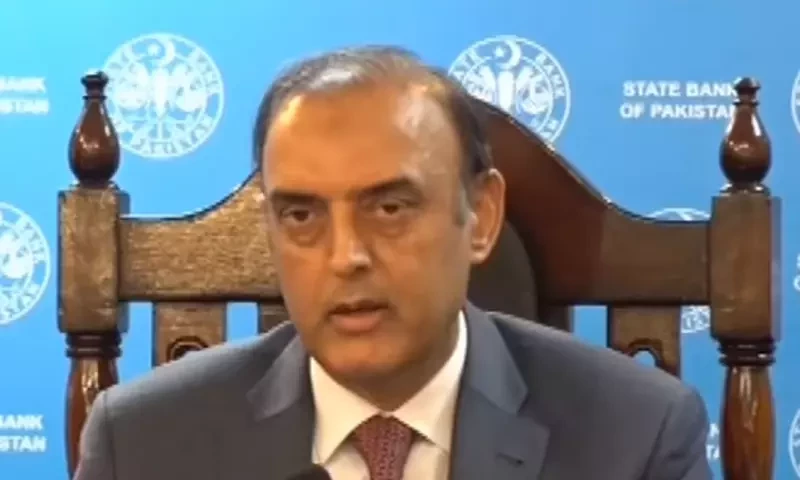In a stunning turn of events, Israel found itself in a state of shock and turmoil on a fateful Sunday. Hamas fighters launched a deadly attack, resulting in the deaths of hundreds of Israelis and the abduction of an unknown number of captives into Gaza. This tragic incident ignited a war that threatened to spread as Israel struck a Hezbollah militia target in southern Lebanon. This article delves into the details of this shocking event, its implications, and the broader context surrounding it.
The Dawn of the Crisis
The crisis unfolded when Hamas fighters initiated their attack at dawn on a Saturday. They launched a massive barrage of rockets into southern Israel, providing cover for a multi-pronged infiltration of fighters from Gaza into Israel. This narrow strip of land, home to 2.3 million Palestinians, witnessed a deadly clash, resulting in the loss of at least 250 Israeli lives on that fateful Saturday.
As the day progressed, Hamas gunmen continued to engage Israeli security forces in multiple locations within southern Israel. Simultaneously, more rockets were fired from Gaza, triggering air raid sirens, and Israeli air strikes pounded Gaza overnight. This retaliatory action resulted in the tragic deaths of more than 300 Palestinians and significant destruction of buildings, tunnels, and the residences of Hamas officials.

Israel’s Response
Prime Minister Benjamin Netanyahu, in the wake of this devastating attack, vowed to deliver “mighty vengeance for this wicked day.” Israeli military spokespersons emphasized that they would be launching severe attacks on Hamas and indicated that this conflict would be a prolonged one.

Jets resumed airstrikes on Gaza, and Israeli troops conducted clearing operations around the blockaded enclave. A military base in the area of Zikim, which had been overrun on Saturday, was a key focus of these operations. Notably, Israeli artillery responded to mortar fire from Lebanon, and drone strikes targeted a post of the Iranian-backed Hezbollah militia along Israel’s northern border.
A Major Escalation
The surprise Hamas attack represented the most significant incursion into Israel and its deadliest day since the Yom Kippur War 50 years ago, when Egypt and Syria launched a sudden assault to reclaim lost territory. This sudden escalation poses a threat to U.S.-backed efforts to normalize relations between Israel and Saudi Arabia, a development that could impact Palestinian aspirations for statehood and the support Iran provides to Hamas.
The Broader Context
This shocking event occurred amid increasing violence between Israel and Palestinian militants in the Israeli-occupied West Bank. The West Bank has experienced heightened Israeli raids, Palestinian street attacks, and assaults by Jewish settlers on Palestinian villages. The situation has deteriorated, impacting the lives of Palestinians living under limited self-rule exercised by the Palestinian Authority, a situation opposed by Hamas.

Hamas leader Ismail Haniyeh emphasized that the assault that began in Gaza could potentially spread to the West Bank and Jerusalem, expressing concerns about threats to Jerusalem’s Al-Aqsa Mosque, the Israeli blockade on Gaza, and Israeli normalization with countries in the region.

International Response
Western countries, led by the United States, condemned the attack. President Joe Biden affirmed Israel’s right to defend itself and issued a stern warning to Iran and other countries, emphasizing that the world was closely watching the situation.




